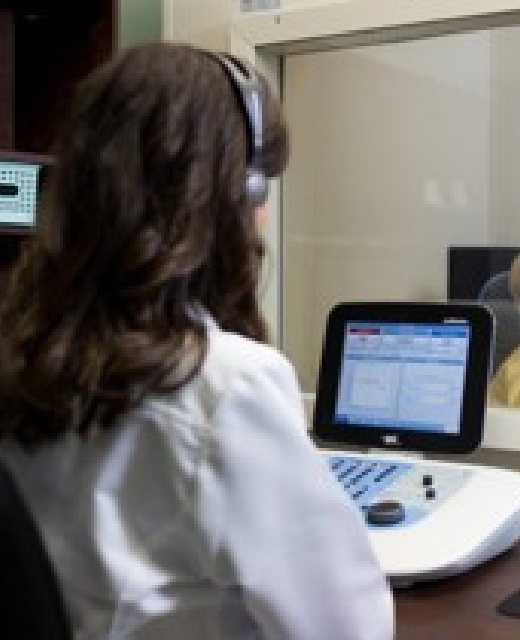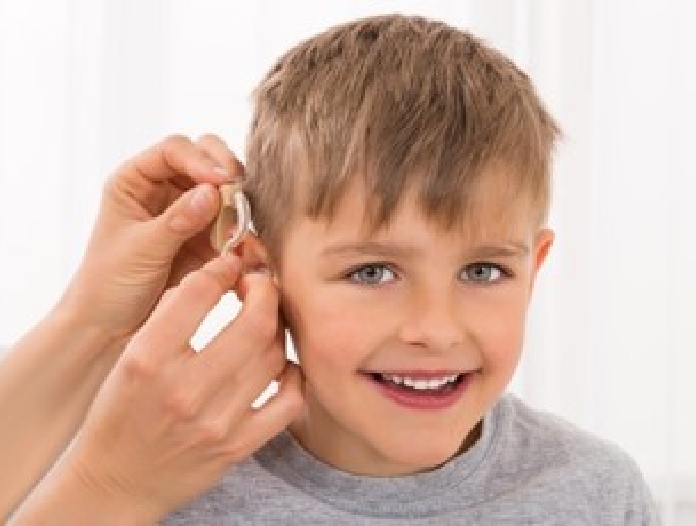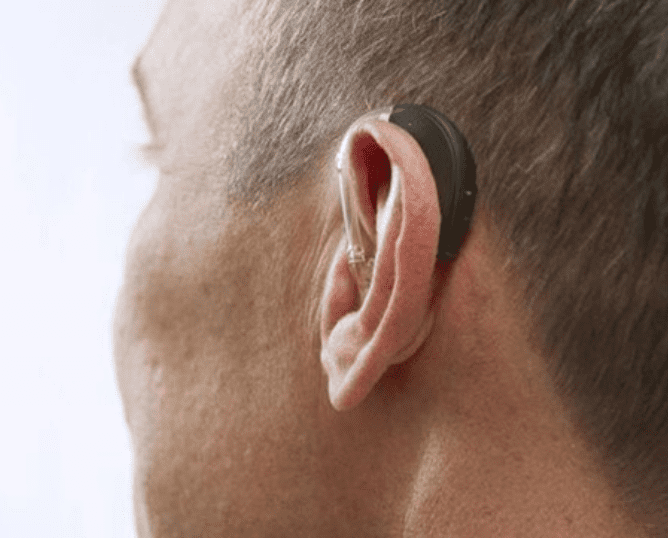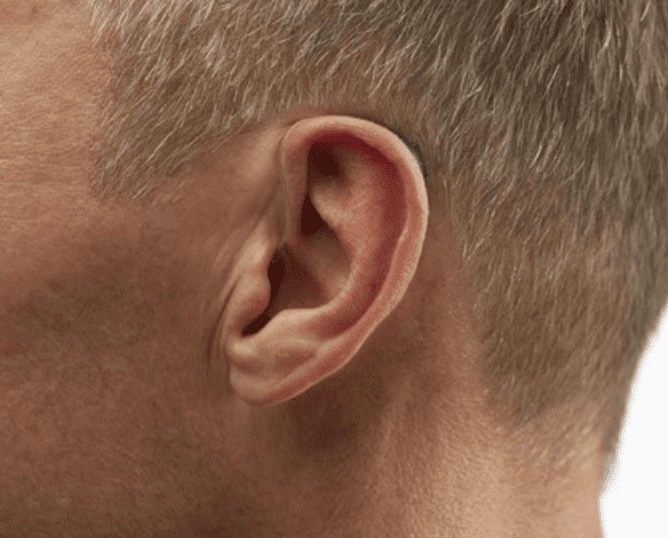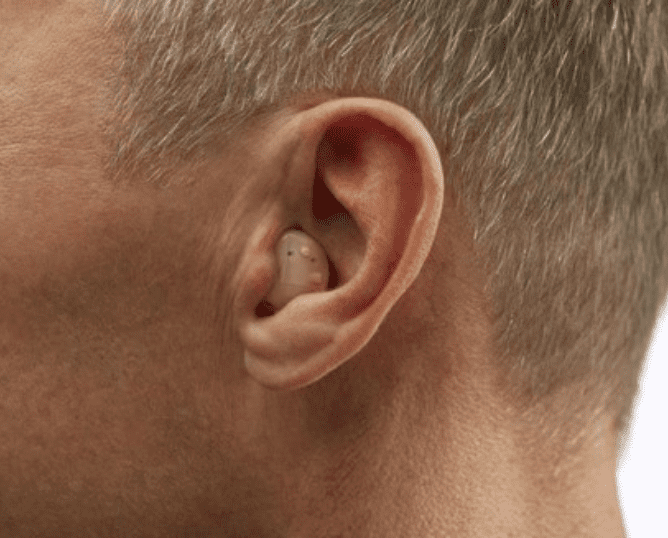
Pediatric Hearing Aids
Children and hearing loss Pediatric-friendly goods and program offerings are intended to help you address your child’s hearing loss head-on. If your child has been diagnosed with hearing loss, or if you suspect a problem, contact a hearing healthcare professional right away. According to research, early intervention can improve language development, promote academic success, and expand lifelong opportunities.

Pediatric Hearing Loss
Pediatric hearing loss is a significant concern that can have profound impacts on a child’s development.It often goes undetected, making early identification and intervention crucial.
Types of Pediatric Hearing Loss
- Genetic factors,Infections during pregnancy
- Premature birth, low birth weight.
- Ear infections,Meningitis,Head trauma
- Noise exposure
- Certain medications
Congenital: Present at birth.
Acquired: Develops after birth.

Importance of Early Intervention
Early identification and intervention can significantly improve a child’s development and quality of life. This includes:
- Hearing aids: Amplify sounds
- Cochlear implants: Directly stimulate the auditory nerve
- Speech therapy: Develop speech and language skills.
- Auditory training: Improve listening skills.
- Educational support: Provide appropriate learning environment.
- Signs of Hearing Loss in Children
- Lack of response to sounds
- Delayed speech development

Types of Pediatric Hearing Aids
-
Behind-the-Ear (BTE): A popular choice for children due to their durability, flexibility, and ability to accommodate various degrees of hearing loss.
In-the-Ear (ITE): Custom-made to fit the child’s ear, often used for milder hearing losses.
Completely-in-the-Canal (CIC): Small and discreet, but less common for children due to potential damage and difficulty with handling.
Pediatric Hearing Aids FAQs
What are the different types of pediatric hearing aids?

- Behind-the-Ear (BTE)
- In-the-Ear (ITE)
- Completely-in-the-Canal (CIC)
How do pediatric hearing aids work?

They amplify sound, making it easier for children to hear.
How long do pediatric hearing aids last?

Typically, they last about 2-3 years, but it depends on the child’s care and growth.
Can children wear pediatric hearing aids while swimming?

Some hearing aids are water-resistant, but it’s best to check with the audiologist.
How often do hearing aids need to be adjusted?

Regular check-ups with the audiologist are essential for adjustments and maintenance.

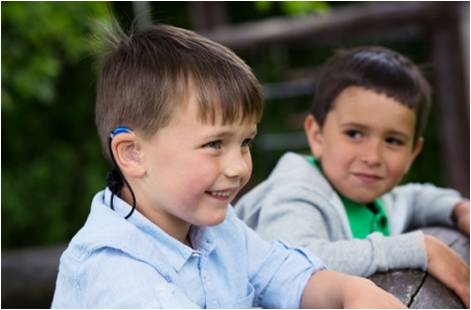








Hearing Aids
We provide a wide range of technologically innovative, programmable, undetectable, and comfortable hearing aids from leading global brands to suit all price points and Types of losses.
All hearing aids have the same components to transmit sound from the surrounding environment to your ear. However, there are numerous varieties of hearing aids that differ in size and placement in the ear. Some are barely unnoticeable since they may fit into your ear canal. Some just partially fit into your ear canal. In general, the price of a hearing aid rises with size and corresponds to its power, battery life, and size. Resound
We deal RESOUND ,PHONAK,WIDEX, OTICON, AUDIO SERVICE, SIEMENS, UNITRON, BERNAFON, and STARKEY.
